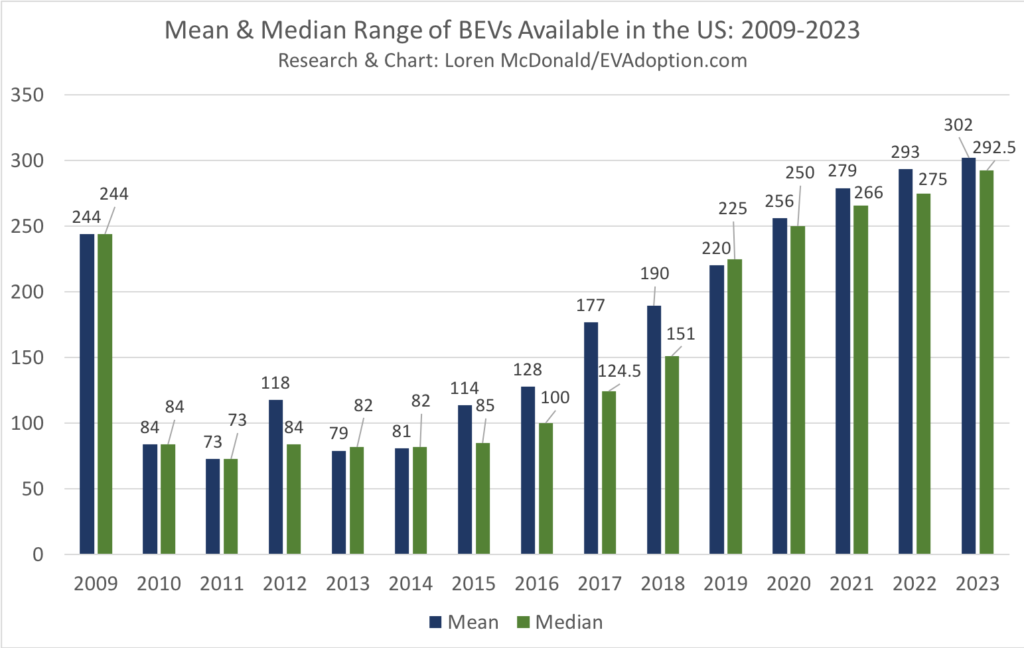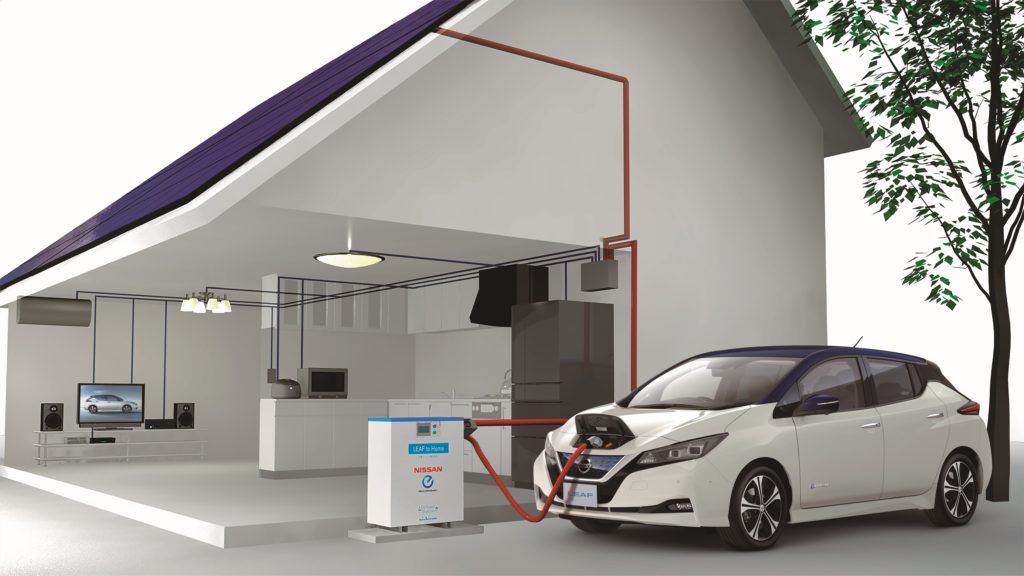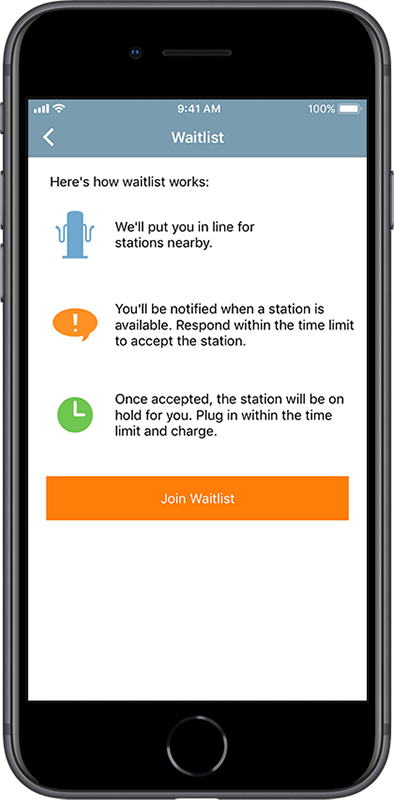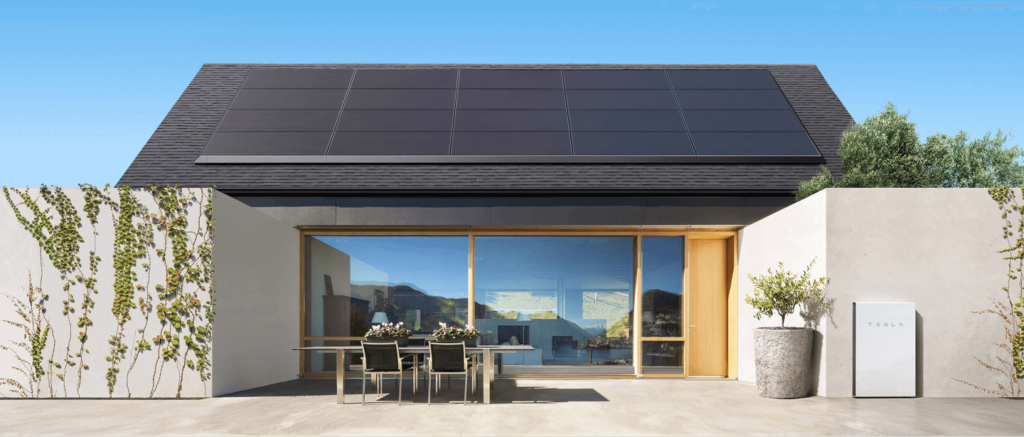If you live in Northern California, this past week you could not escape the constant news coverage around PG&E’s planned power shutdowns to roughly 800,000 households and businesses. But there is also a decent chance that your home or business either had the power shut off by PG&E, the largest publicly-owned utility in the US, or it was scheduled to be shutdown.
Our own home located in a San Francisco/Oakland suburb was scheduled to have the power turned off on four occasions starting at midnight Tuesday October 7, but we were fortunate in that it never was turned off. The primary preparation my wife and I took for the planned shutdown was to charge up our EVs to about 95%.
Since I work from home and my wife works part time only about 5 minutes from our house, we were mostly concerned about food and beverages spoiling if the refrigerator/freezer went off. But I didn’t really give the shutdown’s impact a huge amount of thought until Thursday morning.
I awoke that morning to see an email from the producer at the San Francisco news radio station KCBS asking if I would be willing to be interviewed live on air later that day on how the shutdown is affecting EV owners. The producer had seen the EVAdoption site referenced in this Washington Post article, California’s power outage means problems for electric cars. Tesla says charge up, quick.

There is nothing like a live broadcast interview to get you researching and thinking about a topic, in this case the impact of power outages on charging electric vehicles. Being without power for a few days can clearly have a short-term impact or inconvenience for EV owners, but I was more intrigued by the larger challenges and potential opportunities that could result from these planned power outages. Following are my current thoughts:
Increased Range Requirements?: If an entire region has the power shutdown for more than 2-3 days, then having a long-range BEV (300-400 miles of range) becomes critical. Someone with a 60-mile round trip work commute, for example, could go to and from work for around 5 days. If charging was available at, or to/from, work – then concerns around range would be minimized. But owning an EV with well less than say 200 miles of range, for example, would not provide much comfort during a multiple-day power outage.
Awareness and concerns about power outages (planned or not) will only reinforce to some American consumers why they will prefer or feel they require long-range battery packs of 400-500 miles (see 500 Miles of Range: One Key to Late Adopters Embracing EVs). With the number of power outages on the rise due to flooding, hurricanes, tornadoes, snow storms, fires and other factors, the fear of being without electricity for several days might become a growing concern among potential EV buyers.
Of course, gas stations also require electricity to pump fuel and so an extended power outage would bring gas- and diesel-powered vehicles to a halt. Whereas homeowners and businesses with solar and battery storage systems could continue charging EVs.

PHEV Flexibility: Plug-in hybrid electric vehicles (PHEVs) provide the flexibility of being able to run your car on gasoline even if you don’t have convenient access to charge your BEV. With range anxiety already a concern of many potential EV buyers, and whether being without electricity for several days is a logical fear or not, PHEVs give drivers two fuel options rather than just one. If the fear of more power outages occurring in the future increases, it may also fuel a growing preference among some consumers to own a PHEV versus a BEV.

Vehicle-to-Home (V2H): While the concern about being able to charge your EV is top of mind for many people during periods of grid outages, the flip side is the huge future potential vehicle-to-home (V2H) systems that use your EV’s battery pack to power your home.
According to a research team at the University of Austin and authors of the research report, Plug-In Vehicle to Home (V2H) Duration and Power Output Capability, “… combining a BEV or PHEV with a solar photovoltaic system provides the opportunity to create a single home off-grid microgrid with considerable capabilities to provide backup power and that has the sufficient voltage regulation, energy storage, and safety disconnects.”
Our results indicate that a residential V2H system coupled with rooftop PV could provide backup power for approximately 19-600 hours, depending on the time of year and the precise vehicle configuration.
– Plug-In Vehicle to Home (V2H) Duration and Power Output Capability
Currently the only EVs I am aware of that are capable of bi-directional charging (through the CHAdeMO charging connector) are the Nissan LEAF, Mitsubishi Outlander PHEV, and discontinued Honda Fit. To convert electricity from an EV to power your home, however, also then requires an inverter, such as the Power Manager from Honda.

V2G (grid), V2H (home) and V2B (building) systems, collectively known as “V2X”, are fairly popular in Japan, but are also being tested and deployed in Europe and through companies in the US such as Fermata Energy (V2B) and Nuvve (V2G). For now it appears that there are no publicly-available/off-the-shelf solutions in the US that make bi-directional EVs V2H capable.
A major concern around V2X is that the additional charging and discharging increases the stress on EV batteries and could reduce the lifespan of battery packs. As such, unanswered questions remain on how much increased cycles will impact battery life and then how does this impact warranties and battery replacement costs? I strongly believe these concerns can be mitigated, however, simply through manufacturers monitoring and limiting the frequency of bi-directional charges.
I have high hopes that the California planned power outages combined with blackouts from storms will encourage automakers to introduce vehicle-to-home solutions in the coming years so that EVs can power homes during temporary outages (and for on-going regular power needs).
Besides few EVs being capable of bi-directional charging, a major hurdle for V2H is that Tesla executives are on record as not being fans of V2G and would also rather have consumers and businesses purchase their Powerwall battery storage solutions than tap into their EV battery packs. Tesla not enabling any form of V2X is key because the company’s EVs account for roughly 50% of all EV sales in the US and ~60% in California.(Elon Musk did mention in a tweet in 2018 that bi-directional charging might be worth revisiting.)
Very early on, we had the ability to use the car as a battery outputting power. Maybe worth revisiting that.
— Elon Musk (@elonmusk) July 4, 2018
Battery Backup for EV Charging Stations: Unless they have a diesel generator or large battery backup system in place, public charging stations will be unavailable when the grid does down. With significant national attention resulting from the PG&E outages, large commercial battery storage systems like Tesla’s Powerpacks could see significant growth in demand to ensure adequate power supply for both Level 2 and DCFS locations, especially those operated by the major charging networks.

Public Charger Availability Information: One concern in regions with power outages will be that for those public charging stations that have power (whether not affected or having back-up power supply), we could see a rush on drivers charging up their EVs like what can happen at gas stations during fuel shortages or in advance of big storms or evacuations.

Ensuring EV drivers have accurate and up-to-date information then will be key during power outages and the charging network operators and charging app providers like PlugShare and ChargeHub must be up to the task and have their own backup systems. Information on charging locations – including whether stations (connections) are operating, their current charging speeds, how many are connections are currently in use or available, and estimated wait times – will be vital during widespread power outages.
Network operators like ChargePoint also enable their customers to place themselves on a waitlist to reserve their spot in line. Solutions like these will be key during outages to minimize long wait times and disorderly customers.
Solar + Battery Storage: In areas like California I expect to see increased demand for solar and battery storage as consumers and businesses alike realize they need to become less dependent upon the grid. This trend affects the electric vehicle market because solar and battery storage owners are much more likely to purchase an EV.
While very old data, 39% of EV owners also had solar PV installations according to a 2012 survey of California residents. A more recent 2019 survey of CleanTechnica readers found that 28% of non-Tesla drivers and 31% of Tesla owners in North America also had solar panels on their home’s roof or property.

The fear of having the electricity shut off and not being able to charge your EV (or charge conveniently) for several days was probably not something that most people (current or potential EV owners) previously gave much thought to. But thanks to years of neglect in trimming trees near its power lines and implementing planned safety power shut downs, PG&E has now added “power anxiety” to the list of fears about EVs that also includes “range anxiety.” As a result, look for many California EV owners in particular to now consider adding battery backup storage power for their homes AND their EVs.
If automakers embrace vehicle to home and grid capabilities in the coming years, they have a chance to minimize the fear of EV “power anxiety” and turn into a huge advantage and opportunity for EVs to become mobile energy storage vehicles.



5 Responses
I am ready and looking for a new vehicle to replace my aging daily driver. California’s extensive wildfires and electricity outages have changed my calculus for what that vehicle will likely be.
With that in mind, today I cancelled the deposit that I placed on my order for what would have been my first all-electric vehicle: a Tesla Model Y, likely due out in 2020. The reason is because of my realization that realistically I might find myself in extended and, over the years to come, increasingly recurring situations where I would be unable to charge it — either at home or while traveling — due to electricity outages.
This situation will hopefully be mitigated eventually, as homes and business install battery backups, and electric utilities bury their transmission lines underground or modify their systems so that they do not spark wildfires.
In the meantime, it is now much more likely that my next primary, daily driver will be a dual fuel (electric and gasoline), plug-in hybrid vehicle that provides me with enough all-electric capability to do my around town driving, while ensuring that on longer journeys I will be able to refuel quickly.
Thanks for writing this piece, which does a good job of re-kindling discussion of why Californians in particular might want to see faster progress on V2G (Vehicle-to-Grid) technologies and business models. I would love it if my EV and my EV charger could “go in reverse” (probably with some sort of DC to AC inverter) to power some loads in my home during a PSPS event. Car maker aversion to this concept of charging and discharging the EV battery and thus shortening its life are worth thinking of, but if people are educated to know it’s for the 2-6 days per year emergency events and not for daily price arbitraging and peak shaving, I think it will make EV’s *more attractive* (e.g. “why not use $20k in batteries to drive around 365 days per year AND as PSPS backup, rather than mounting them on the garage wall for use only 2% of the time, and useless the rest?)
The Honda Clarity PHEV has 50 to 60 EV miles during my ownership. The MSRP is $37,500 for the Limited Model. With the full Federal Income Tax credit of $7,500 your net price before tax, licensing, and dealer “add-ons” is $30,000. With the hybrid mode (HV) added to the EV miles, I usually have 400 miles of range. Tesla is straining for 400 miles with 1500 Tesla Charge Stations (7,200 total DC stations) This compares to 65,000 gas stations with convenience stores. So, no range anxiety, cost effectiveness, easy re-fueling, and EV range for most daily commutes makes driving economical and fun, especially in EV mode. I have filled up the gas tank once in three months from an out-of-town trip! It sure is fun to pass up gas stations!
Correction: The 1500 Tesla charging stations are WORLD WIDE. There are, as of July, 2019, 759 in North America, which includes the United States, Canada, and Mexico.